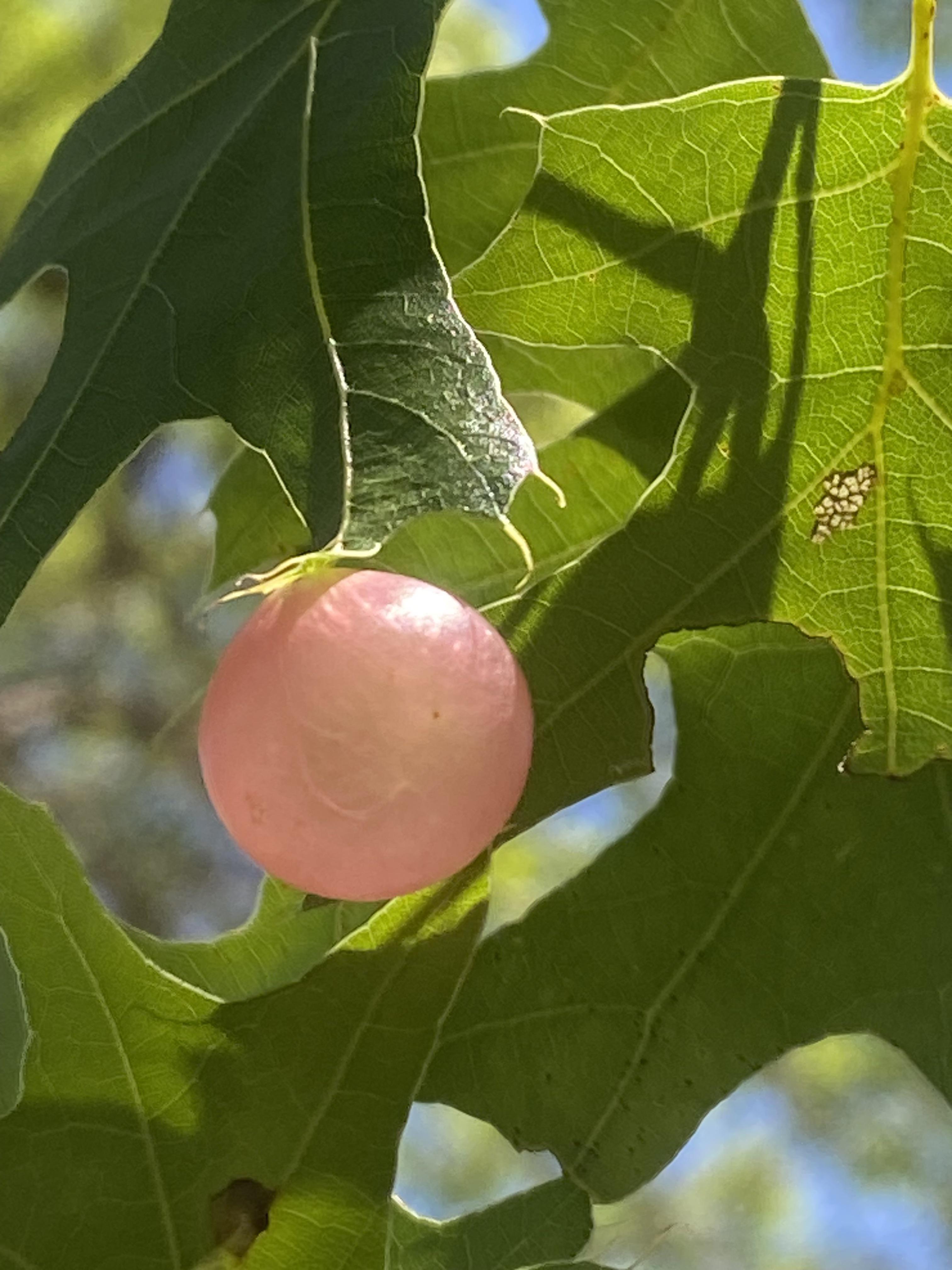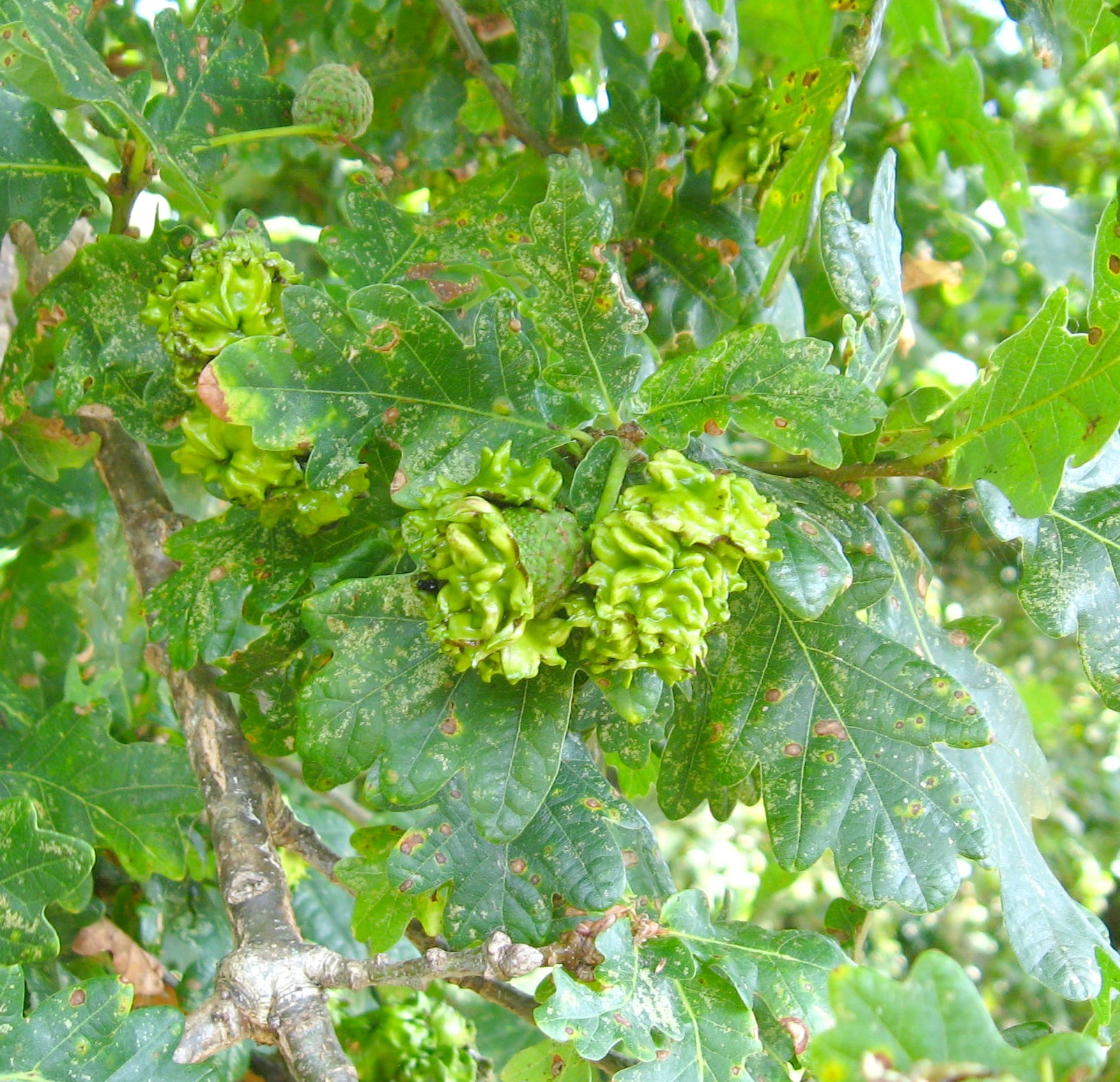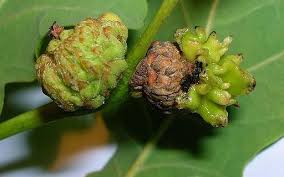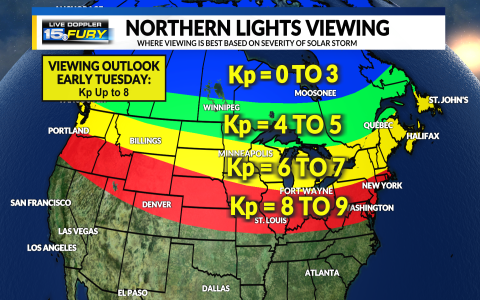Green Balls on Oak Trees: A Hidden Natural Phenomenon
The landscape of forests and parks dotted with oak trees often presents a serene view, but if you look closely, especially in late spring, you might notice something rather peculiar hanging on these robust trees: green balls. These are not just any ordinary tree globes but rather a fascinating natural phenomenon that holds an intricate story within their smooth, bright green exterior.

Oak trees, known scientifically as Quercus spp., belong to the beech family, Fagaceae, which is renowned for the acorns of their fruit. However, the lime-green orbs we are focusing on here are not acorns. These galls are induced by tiny wasps or other insects laying their eggs in the tree’s bark or leaf tissue, leading to the formation of these swollen structures as a protective habitat for their larvae.
The process of how galls form on oak trees is quite captivating:
Gall Formation: Typically, a gall wasp, as small as a speck of dust, chooses an oak leaf or twig as its nursery. Upon finding a suitable spot, the female lays her egg, often in the tender new growth of the host tree. As the egg hatches, the larva releases chemicals that trigger the growth of gall tissue around it. This tissue, remarkably is a combination of plant and insect collaboration, cocoons the growing larva from predators and the harsh elements of the external environment.
Types of Galls: Not all insects induce the same gall. Oak Galls, for instance, come in different shapes – from the round, apple-like kind to more elaborate forms like oak apples, which are larger, often 1 to 2 inches in diameter. Other varieties can look like fuzzy balls, or cones, or even have unique markings and spines, showcasing the diversity of insect species that make these homes.
Nature’s Architectural Wonders: What makes these galls particularly interesting is their architectural complexity. Each gall type serves a unique purpose, adapting to protect the developing larva. Their structures signify the evolutionary battle between the wasps and the oak trees, where each species tries to outsmart the other.
The ecological implications of oak galls are profound:
Biodiversity Support: The galls serve as ecological niches, not just for the wasps that form them but also for a myriad of other organisms. Birds, invertebrates, and even some mammals find these little sanctuaries of unknown nutrients and moisture, especially during times of scarcity in nature.
Forest Health: Interestingly, gall events on oak trees might reflect the tree’s vigor. A balanced wasp and oak tree relationship could indicate a robust ecosystem, as healthy trees can support the formation of these unusual growths without severe detriment to their health.

Human Interaction: Humans, too, have had a long-standing fascination with these green balls. Historically, some oak galls like gall ink from Aleppo galls have been used to make ink, while others were once prized for their medicinal properties; they’ve been part of folklore and tradition, symbolizing anything from protection to plague cures.
Thus, while these green balls might seem an oddity amidst the dappled sunlight in an oak grove, they encapsulate a multitude of ecological interplay. The presence of these galls on oak trees offers a natural spectacle, illustrating the interconnectedness of life, the resilience of nature, and the complexity of what might at first glance be painted over with broad strokes as just another leaf spot. These seemingly benign structures provide food, shelter, and life. Next time you stroll through an oak wood, let these vibrant green spheres on the trees not only catch your eye but also your curiosity about the minute yet magnificent wonders of the natural world.



